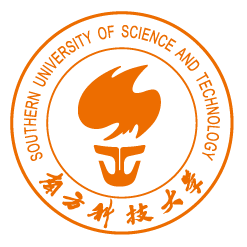Shenzhen Thematic Program "Representation Theory"
Efim Zelmanov
SICM-SUSTech
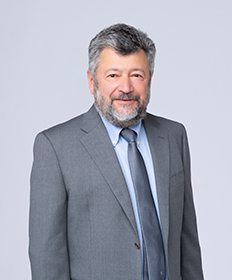
Jiping Zhang
Peking University
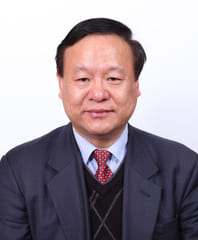
Vyacheslav Futorny
SICM-SUSTech
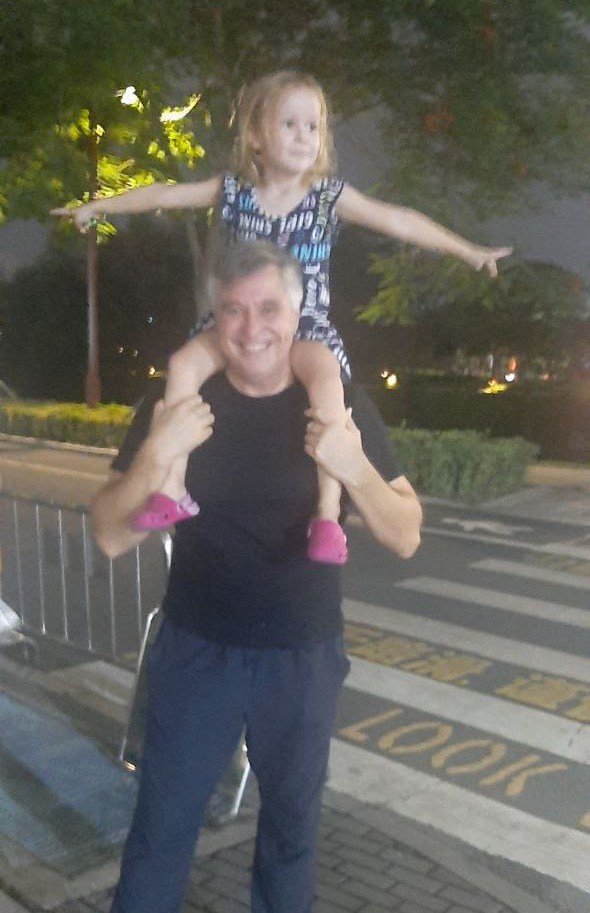
Nikolai Reshetikhin
BIMSA-Tsinghua
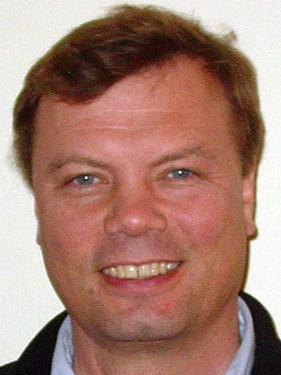
Vera Serganova
University of California, Berkeley
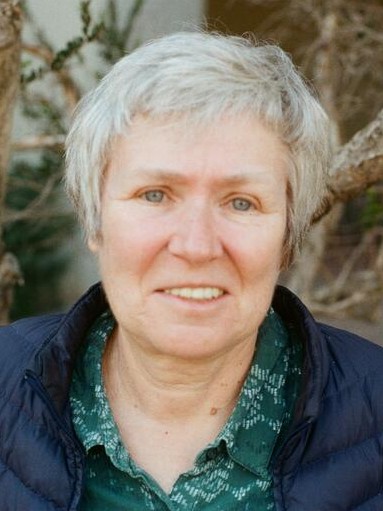
Tomoyuki Arakawa
University of Kyoto, Japan
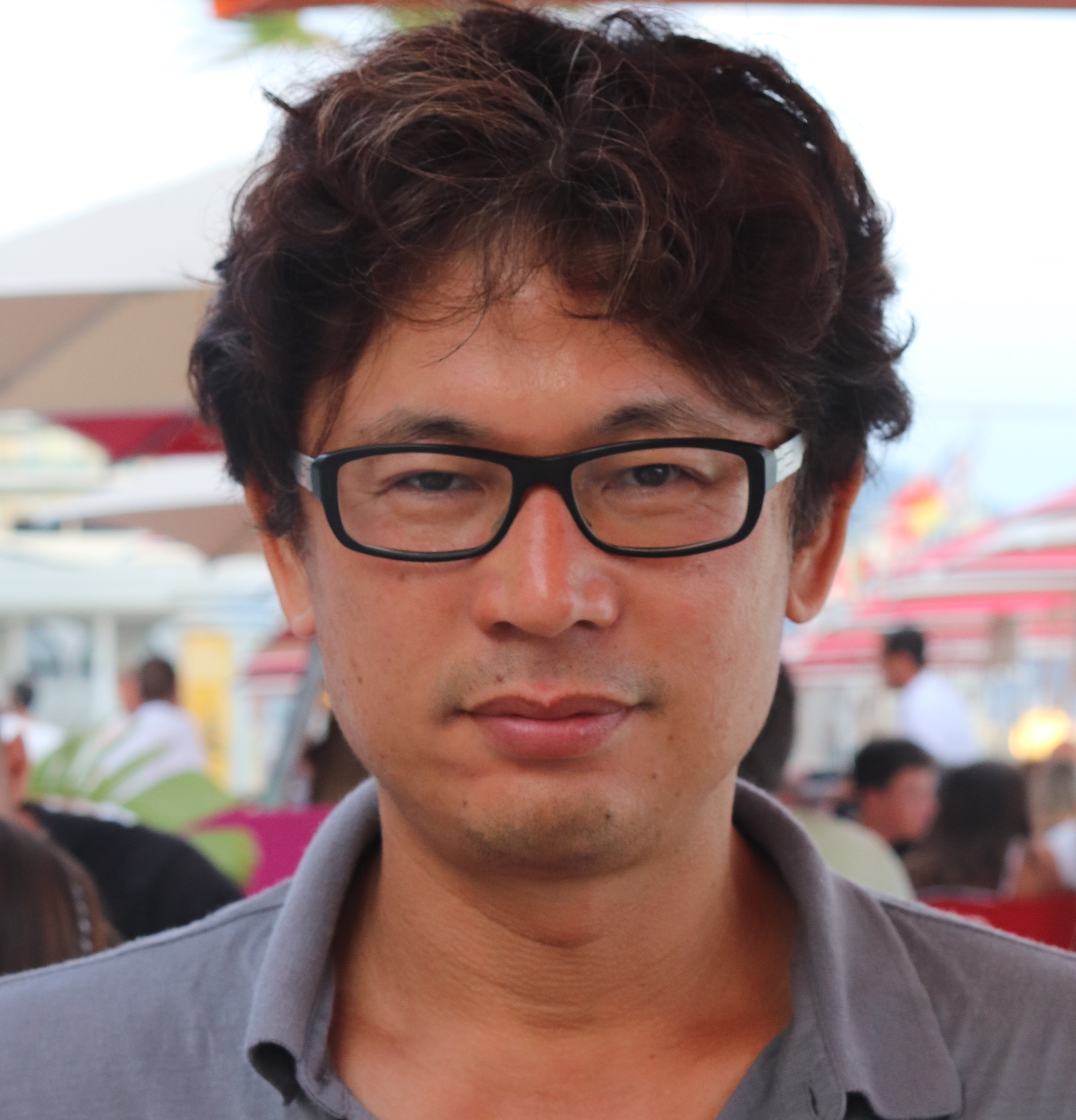
2025-03-17 - 2025-03-24
Speaker: Joao
Venue: 240A
2025-03-18 - 2025-03-21
Speaker: Ruibin Zhang(University of Sydney)
Venue: 240A
2025-04-14 - 2025-04-18
Speaker: David Ridout (University of Melbourne)
Venue: 240A
2025-05-20 - 2025-05-23
Speaker: Libor Krizka
Venue: 240A
March 23 to 27 (Shenzhen)/March 28 to 31 (Xiamen)
**Monday, 24/03**
- 09:00 - 09:30: Registration
- 09:30 - 10:30: Nicolai Reshetikhin (Tsinghua University, BIMSA)
- 10:30 - 11:00: Coffee break
- 11:00 - 12:00: Evgeny Mukhin (Indiana University)
- 12:00 - 14:00: Lunch Time
- 14:00 - 15:00: Yunnan Li (Guangzhou University)
- 15:00 - 15:30: Coffee break
- 15:30 - 16:30: Hao Chang (Central China Normal University)
- 16:30 - 17:30: Xingpeng Liu (SUSTech, SICM)
**Tuesday, 25/03**
- 09:00 - 10:00: Ruibin Zhang (University of Sydney)
- 10:00 - 10:30: Coffee break
- 10:30 - 11:30: Naihong Hu (East China Normal University)
- 11:30 - 12:30: Venkatesh Rajendran (Indian Institute of Science)
- 12:30 - 14:00: Lunch Time
- 14:00 - 15:00: Duncan Laurie (University of Edinburgh)
- 15:00 - 15:30: Coffee break
- 15:30 - 16:30: Xiaomeng Xu (Peking University)
- 16:30 - 17:30: Hongdi Huang (Shanghai University)
**Wednesday, 26/03**
- 09:00 - 10:00: Olivier Mathieu (CNRS)
- 10:00 - 10:30: Coffee break
- 10:30 - 11:30: Hiroyuki Yamane (University of Toyama)
- 11:30 - 12:30: Adriano Moura (UNICAMP)
- 12:30 - 14:00: Lunch Time
- 14:00 - 17:30: Discussions
Universidade Estadual de Campinas - Associate Professor Mar.3-28
(BIMSA, China) Mar.26-28
Xidian University Mar.24-29
University of Edinburgh, Postdoctoral Research Associate Mar.20-27
Indiana University Indianapolis Mar.15-30
University of Shanghai for Science and Technology & Assistant Professor Mar.24-27
Central China Normal U Mar.23-27
(Toyama University) Mar.18-27
Shanghai University, assistant professor Mar.23-27
Shanghai University Mar.25-28
华中师范大学 Mar.21-25
RSJ Mar.22-Jun.1
East China Normal University Mar.23-27
Tsinghua Mar.23-27
(University of Lyon, France) Feb-Jun
( Xiamen University ) Mar.23-26
(University of Sydney, Australia) Mar.17-30
Postdoc SUSTech ICM
( Indian Institute of Science, Associate Professor ) Mar.23-27
Federal University of Minas Gerais, Belo Horizonte (UFMG), Mar.5-May.12
Guangzhou University Mar.23-27
Peking University Mar.24-25
Guangzhou University Mar.23-27
Adriano Moura (UNICAMP), aamoura@uunicamp.br
Hiroyuki Yamane (University of Toyama), hiroyuki@sci.u-toyama.ac.jp
Olivier Mathieu (CNRS, Lyon), mathieu@math.univ-lyon1.fr
Yunnan Li (Guangzhou University), ynli@gzhu.edu.cn
Hao Chang (Central China Normal University), xxu@bicmr.pku.edu.cn
Ruibin Zhang (University of Sydney), ruibin.zhang@sydney.edu.au
Xingpeng Liu (SICM SUSTech), liuxp@sustech.edu.cn
Naihong Hu (East China Normal University)., nhhu@math.ecnu.edu.cn
Bart Vlaar (BIMSA) (For Xiamen), b.vlaar@bimsa.cn
Evgeny Mukhin (Indiana University, Indianapolis), emukhin@iu.edu
Venkatesh Rajendran (Indian Institute of Science), rvenkat@iisc.ac.in
Xiaomeng Xu (Peking University) , xxu@bicmr.pku.edu.cn
Duncan Laurie (The University of Edinburgh), duncan.laurie@ed.ac.uk
Hondi Huang (Shanghai University), hdhuang@shu.edu.cn
April 20-26, 2025
21/04 MONDAY
9:00 - 9:30: Registration
9:30 - 10:30: Tomoyuki Arakawa (University of Kyoto)
10:30 - 11:00: ✔ Coffee break
11:00 - 12:00: Qing Wang (Xiamen University)
12:00 - 14:00: ✔ Lunchtime
14:00 - 15:00: Shigenori Nakatsuka (University of Alberta)
15:00 - 15:30: ✔ Coffee break
15:30 - 16:30: Justine Fasquel (University of Melbourne)
22/04 TUESDAY
9:30 - 10:30: Naihuan Jing (North Carolina State University)
10:30 - 11:00: ✔ Coffee break
11:00 - 12:00: Jinwei Yang (Shanghai Jiaotong University)
12:00 - 14:00: ✔ Lunchtime
14:00 - 15:00: Xuanzhong Dai (RIMS, Kyoto University)
15:00 - 15:30: ✔ Coffee break
15:30 - 16:30: Discussions
23/04 WEDNESDAY
9:30 - 10:30: Simon Wood (Cardiff University)
10:30 - 11:00: ✔ Coffee break
11:00 - 12:00: Libor Krizka (Charles University)
12:00 - 14:00: ✔ Lunchtime
15:30 - 16:00: Discussions
16:00 - 16:30: ✔ Coffee break
24/04 THURSDAY
9:30 - 10:30: David Ridout (University of Melbourne)
10:30 - 11:00: ✔ Coffee break
11:00 - 12:00: Christopher Raymond (Hamburg University)
12:00 - 14:00: ✔ Lunchtime
14:00 - 15:00: Hao Zhang (Tsinghua University)
15:00 - 15:30: ✔ Coffee break
15:30 - 16:30: Discussions
25/04 FRIDAY
9:30 - 10:30: Drazen Adamovic (University of Zagreb)
10:30 - 11:00: ✔ Coffee break
11:00 - 12:00: Yevhen Makedonskyi (BIMSA)
12:00 - 14:00: ✔ Lunchtime
14:00 - 15:00: Discussions
15:00 - 15:30: ✔ Coffee break
15:30 - 16:30: Discussions
University of Hamburg
Shanghai Jiaotong University
University of Melbourne
University of Zagreb
清华大学
Shanghai Jiaotong University
University of Melbourne
TYUT
RSJ
North Carolina State University
Xiamen University
University of Alberta
Cardiff University
University of Kyoto
RIMS, Kyoto University
BIMSA
Libor Krizka (Charles University), krizka.libor@gmail.com
Qing Wang(Xiamen University), https://math.xmu.edu.cn/info/1081/7714.htm
Xuanzhong Dai(RIMS, Kyoto University ), https://www.kurims.kyoto-u.ac.jp/~xzdai/
Hao Zhang(Tsinghua University), https://zhanghao1999math.github.io/homepage/
Shigenori Nakatsuka (University of Alberta), shigenori.nakatsuka.2022@gmail.com
Yevhen Makedonskyi (BIMSA), mak@bimsa.cn
Dražen Adamović (University of Zagreb), drazen.adamovic@math.hr
Naihuan Jing (North Carolina State University), nathanjing@hotmail.com
Jinwei Yang (Shanghai Jiaotong University), jinwei2@sjtu.edu.cn
David Ridout (University of Melbourne), david.ridout@unimelb.edu.au
Simon Wood (Cardiff University), woodsi@cardiff.ac.uk
Justine Fasquel (University of Melbourne), justine.fasquel@unimelb.edu.au
Christopher Raymond (University of Hamburg)christopher.raymond@uni-hamburg.de
Tomoyuki Arakawa (University of Kyoto), arakawa@kurims.kyoto-u.ac.jp
May 25-31, 2025
26/05 MONDAY
9:00 - 9:30 Registration
9:30 - 10:30 Daniel Nakano (The University of Georgia)
10:30 - 11:00 Coffee break
11:00 - 12:00 David Hernandez (Université Paris Cité)
12:00 - 14:00 Lunchtime
14:00 - 15:00 Jonathan Nilsson (Linköping University)
15:00 - 15:20 Coffee break
15:20 - 16:20 Kei Yuen Chan (The University of Hong Kong)
16:30 - 17:30 Xabier García-Martínez (Universidad de Vigo)
27/05 TUESDAY
9:00 - 10:00 Ben Webster (The University of Waterloo)
10:00 - 10:20 Coffee break
10:20 - 11:20 Kevin Coulembier (University of Sydney)
11:20 - 12:20 Xuhua He (The University of Hong Kong)
12:20 - 14:00 Lunchtime
14:00 - 15:00 Samuel Lopes (Universidade do Porto)
15:00 - 15:20 Coffee break
15:20 - 16:20 Chun-Ju Lai (Academia Sinica)
28/05 WEDNESDAY
9:00 - 10:00 Yongchang Zhu (The Hong Kong University of Science and Technology)
10:00 - 10:20 Coffee break
10:20 - 11:20 Haisheng Li (Rutgers University-Camden)
11:20 - 12:20 Arik Wilbert (The University of South Alabama)
12:20 - 14:00 Lunchtime
14:00 - 17:00 Discussions
29/05 THURSDAY
9:00 - 10:00 Olivier Mathieu (CNRS)
10:00 - 10:20 Coffee break
10:20 - 11:20 Abdenacer Makhlouf (Université de Haute-Alsace)
11:20 - 12:20 Shun-Jen Cheng (Academia Sinica)
12:20 - 14:00 Lunchtime
14:00 - 15:00 Michael Lau (Université Laval)
15:00 - 15:20 Coffee break
15:20 - 16:20 Kaveh Mousavand (The Okinawa Institute of Science and Technology)
30/05 FRIDAY
9:00 - 10:00 Kailash Misra (North Carolina State University)
10:00 - 10:20 Coffee break
10:20 - 11:20 Alistair Savage (The University of Ottawa)
11:20 - 12:20 Euiyong Park (University of Seoul)
12:20 - 14:00 Lunchtime
14:00 - 15:00 Boujemaa Agrebaoui (The University of Sfax)
15:00 - 15:20 Coffee break
15:20 - 16:20 Discussions
University of Haute Alsace
University of Ottawa
University of South Alabama
University of Washington
University of Waterloo
University of Sfax
Nankai University
Academia Sinica
University of Georgia
University of Science and Technology of China
Université Paris Cité
University of Science and Technology of China
Southern University of Science and Technology
Southern University of Science and Technology
University of Seoul
Southern University of Science and Technology
Northeast Normal University
Rutgers University-Camden
University of Science and Technology of China
Southern University of Science and Technology
Shanghai University
Harbin Engineering University
Southern University of Science and Technology
Southern University of Science and Technology
Beijing Institute of Technology
Southern University of Science and Technology
Linköping University
North Carolina State University
Wilfrid Laurier University
Harbin Institute of Technology
Okinawa Institute of Science and Technology
The University of Hong Kong
The University of Sydney
Charles University
University of Science and Technology of China
Southern University of Science and Technology
Université Laval
Taiyuan University of Technology
University of Science and Technology of China
East China Normal University
CNRS
Emory University
Univerisity of Porto
Southern University of Science and Technology
Xiamen University
Academia Sinica
Southern University of Science and Technology
University of Seoul
Universidade de Vigo
Guangzhou University
Beijing University of Chemical Technology
Southern University of Science and Technology
The University of Hong Kong
Nantong University
Hong Kong University of Science and Technology
Hefei University of Technology
Jimei University
Huzhou University
Kailash Misra, misra@ncsu.edu
Daniel Nakano, nakano@uga.edu
David Hernandez, david.hernandez@imj-prg.fr
Xuhua He, xuhuahe@maths.hku.hk
Yongchang Zhu, mazhu@ust.hk
Euiyong Park, epark@uos.ac.kr
Olivier Mathieu, CNRS Lyon
Kei Yuen Chan, kychan1@hku.hk
Kaveh Mousavand, mousavand.kaveh@gmail.com
Ben Webster, b2webste@uwaterloo.ca
Michael Lau, Michael.Lau@mat.ulaval.ca
Jonathan Nilsson, jtan86@gmail.com
Samuel Lopes, slopes@fc.up.pt
Abdenacer Makhlouf, abdenacer.makhlouf@uha.fr
Chun-Ju Lai, cjlai@gate.sinica.edu.tw
Haisheng Li, hli@camden.rutgers.edu
Shun-Jen Cheng, chengsj@math.sinica.edu.tw
Kevin Coulembier, kevin.coulembier@sydney.edu.au
Xabier Garc´ıa Mart´ınez, misra@ncsu.edu
Alistair Savage, alistair.savage@uottawa.ca
Boujemaa Agrebaoui, b.agreba@fss.rnu.tn
Arik Wilbert, wilbert@southalabama.edu
